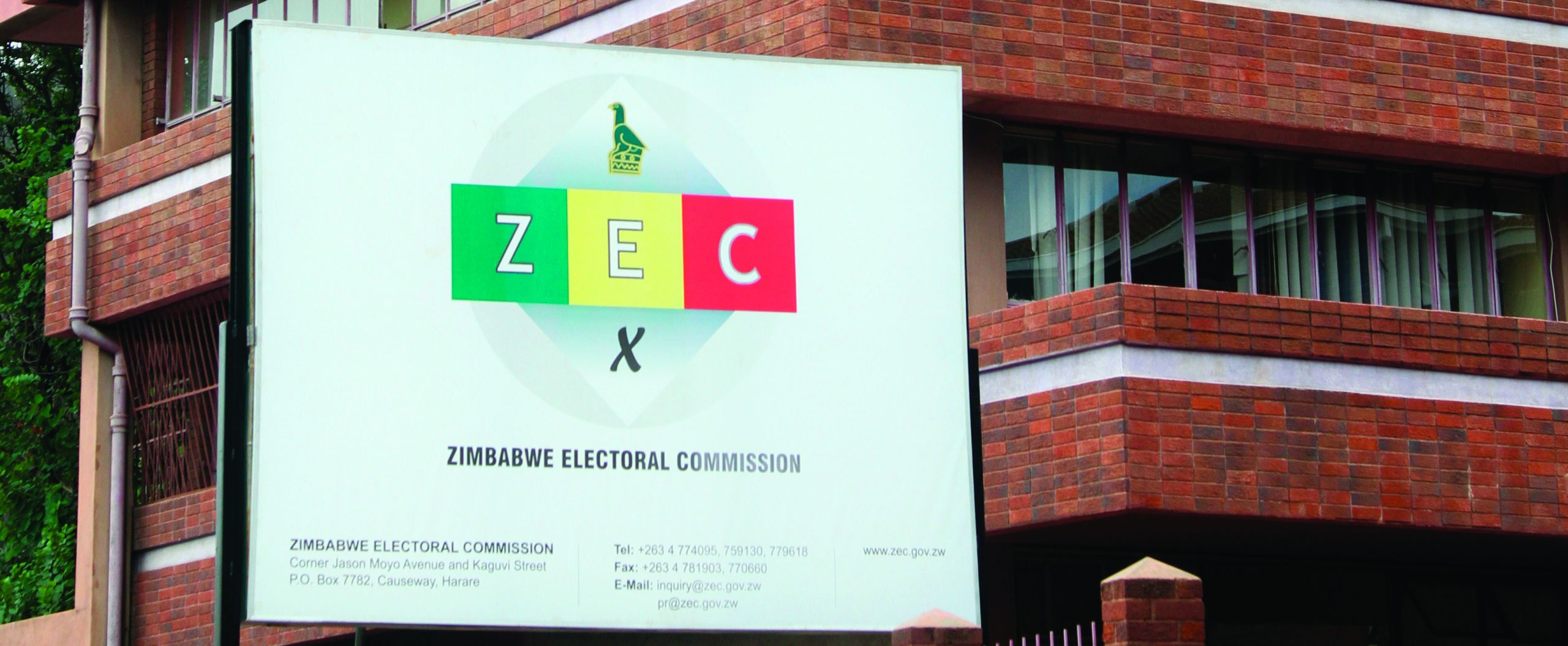
BY FARAI CHIGORA
As we swiftly move along the highway towards successful brand management and accelerated brand beneficiation, we do reflect on achievements made so far. Our fate is to develop brands that bring a new positive dawn by breaking the traditional codes that have made many entrepreneurs extinct as they failed to evolve. This points to the need for a continued brand assessment and evaluation in the same journey. In this instalment, we will therefore take aim at the critical component of brand identity, defining the fundamental issues of practise and how to practically manage the same. That’s what brands should do in this age.
Our call in this restoration is to apply brand identity as one key blue ocean strategy. This ignites propellers and turbines that accelerate sustainable growth of our SMEs, through understanding and the needed brand identity measures in our processes. In my viewpoint, there is still a staggered progression in this perspective. Where lines of symmetry are supposed to clearly measure and inform our identity levels, they are frequently not as clearly defined as they ought to be (of course it should be a steep upward curve). Our synthesis goes beyond theories and trials to real brand visibility in growth (which is lacking in our setup and operations as we are mostly guided by branding traditional literature and adages that are mostly theoretical). So we gear on in the continued journey remembering that there is light at the end of this exciting brand identity for entrepreneurship and profitability journey.
Through legendary exchange of SMEs branding perspectives that have defined us as progressive entrepreneurs, it is no longer a guerrilla warfare, but smart partnership and thinking that catapult our competitive brands into obits of success. We, therefore, need to develop practical ways of assessing our brand identity. To have that identity, which is not only a result of colours and logos, but one that is as perceived by our customers and expected of us (as we remain vigilant with a 360 degree scrutiny). Many of our SMEs are still to know their own brand identity, yet it should be projected and guarded jealously. Identity matters strongly influence a positive or negative image of the enterprise and its offerings on the market. Even with the adage that says “money cannot buy happiness” I agree with the opposite that happiness can buy money, especially that driven by a positive identity because your company and offerings will always be selected as a first choice among the rest on the market. Real brands are identified as excitable, true to themselves and others above all bringing lasting happiness. That’s when we will say that we have done it through a well-managed brand identity. We should dedicate effort and time in knowing ourselves better before any other on the market (that is understanding the man in the mirror). This develops a brand identity concept through reflections as we measure and also are measured as a brand.
Some big global brands like Nike and Apple have managed to come up with their own brand identity prisms. These have helped them to know the thin line between their own identity creation and as perceived by their customers. Why are you not doing the same? Let’s develop our own brand identity prisms as a start in knowing how the market views us rather than experimenting with the unknown. As in our endeavour, SMEs’ brands should make the world happy (to engage with and consume their offerings). I’ll remind you that excellence is the result of a concerted effort in both creation and invention. As a result, regardless of their industry, our SMEs may design brand identity prisms based on reflections, physicality, and relationships. It is not an option for brands to discuss these issues. This is the time to convey the above as a simplification from the surface and skyrocketed underpinnings, as I say, “simplicity is the craftsmanship pillar to true brand identification.”
Our customers should fall in love with our brands and not become a second citizen on the market. What does your brand reflect in that market? Is it youthful or energetic? We should know the reflection of our brands so that we do not only sell to the right group, but also that we do not waste time marketing efforts following those not for us (we cannot be everything to every customer). These reflections are important as we sit in our marketing board rooms to discuss our objectives and targets. That is when we can even develop our lucrative niche markets and concentrate our investment in them (low volume, high value rather costly mass marketing). It will mean that we will not waste the much-needed resources as we grow as SMEs.
We are rendering our brands redundant just because we have failed to work on this identity pillar. This helps to reflect our brand in the type of clientele it is serving and yet to serve (as identity evolves with the market). Our SMEs want to be Jack-of-all trades. . . . Brands are made out of a lasting vision to be identified and reflected on as we grow into global brands. We have to move with the same as we develop our identity prisms and even go beyond what the universe can foresee. Where are we in this setting? A few will answer. But let us move on into the light zones of branding in the age of entrepreneurship. Many will recall perceived brand quality in building brand equity as in the previous editions. The same still stands as a driver for lasting brand identity for our SMEs through assessing brand physique as another brand identity pillar in the prism. Is your provision a product or service oriented? Are you reckoned as a comfortable brand and serving a wider range of the market? These are some of the questions we are yet to answer as enduring entrepreneurs. It takes two to tango as we try to understand the physique of our offerings in the mind of our customers. Let’s work on understanding ourselves in these perspectives as they contribute to positive brand identity sustainability because the customers identify us in the physique that we portray and perceived by them. Then we talk about relationships as the brand seeks its identity in the market place. A lot of business models have been put in place and referred to in the formation of customer relationship management (CRM). We ride on the same for identity and we should appreciate that relationship is important as an identity node in our prisms. We are identified by relationships we have made in our existence. Think about Coca Cola and its relationships in the sports, arts, Santa (Christmas will not be one without a Coke), weddings, parties and any other as a quencher of thirst. Then do a self-introspect of your own brand relationships with the markets and how it is identified. That is why it is important not to kill relationships and we grow our SMEs. They give us a lasting positive brand identity above all profitable fellowships and followerships. I leave this to you my fellows to reflect and relate as we develop talking brands towards entrepreneurship for industrialisation.
As I have alluded to in the previous editions, if you can’t define it, you won’t manage to measure it. The same is a truism with respect to brand identity, know it well, measure it and scale it into the zone that you want it to compete at. When the identity mix is defined, the rewarding journey of a competitive brand begins! Till then, let’s own the brand and differentiate it beyond our borders!
- Chamisa under fire over US$120K donation
- Mavhunga puts DeMbare into Chibuku quarterfinals
- Pension funds bet on Cabora Bassa oilfields
- Councils defy govt fire tender directive
Keep Reading
- Dr Farai Chigora is a businessman and academic. He is the head of business science at the Africa University’s College of Business, Peace, Leadership and Governance. His doctoral research focused on Business Administration (Destination Marketing and Branding Major, Ukzn, SA). He is into agribusiness and consults for many companies in Zimbabwe and Africa. He writes in his personal capacity and can be contacted for feedback and business at [email protected], WhatsApp mobile: +263772886871.










